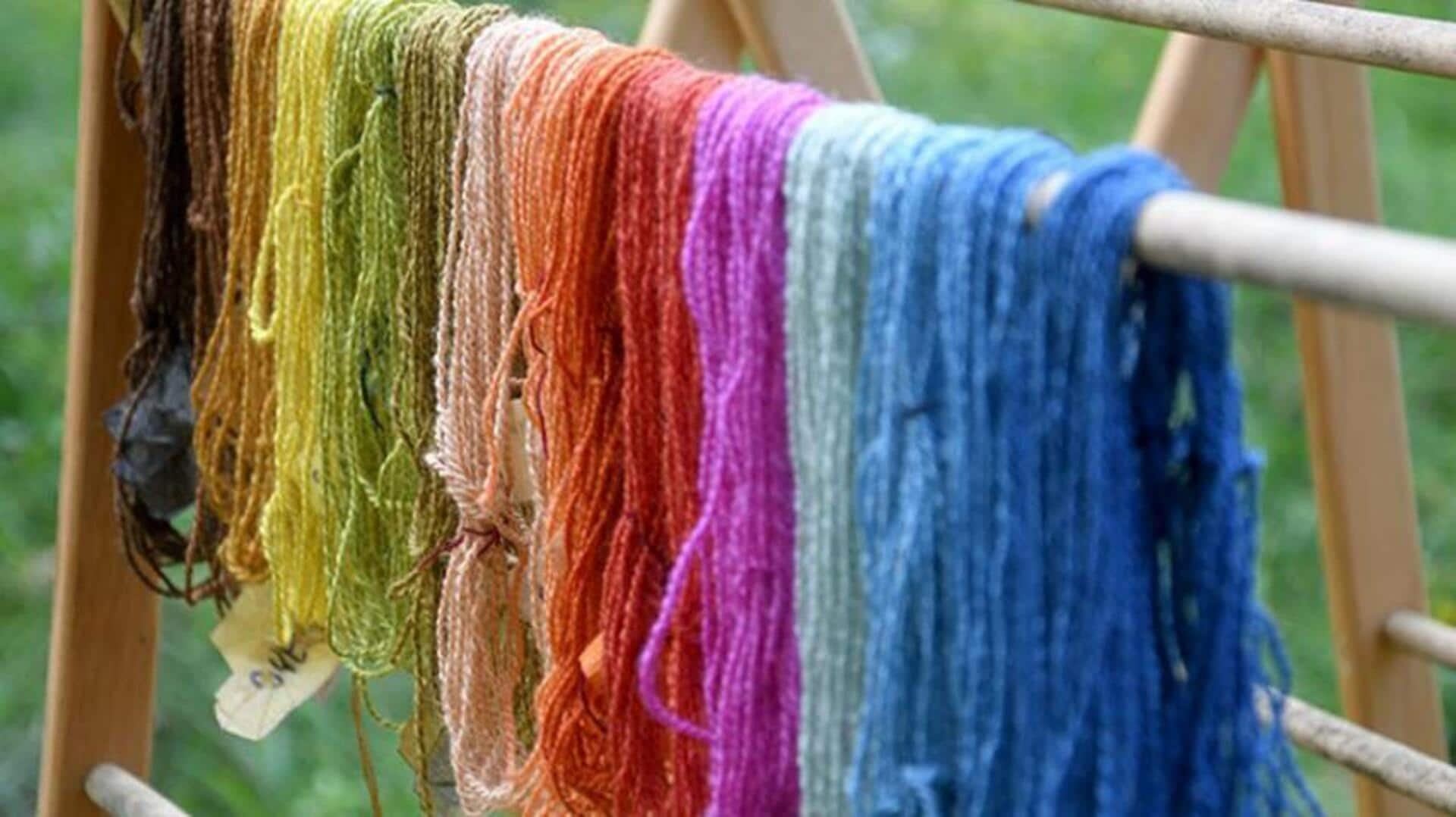
The art of African plant dye techniques
What's the story
The African continent holds a vibrant legacy in the art of plant dyeing. This tradition pulses with creativity, sustainability, and deep cultural roots. This article explores the world of African plant dye techniques, uncovering their secrets, stories, and significance. It highlights the rich diversity of these practices across regions and their powerful relevance in our eco-conscious present.
History
Historical roots and cultural significance
The tradition of plant dyeing in Africa extends back thousands of years. It's more than just a way to color textiles; it's an art form with deep cultural and symbolic significance. Different areas have their unique plants and recipes for dyes, which often mirror the local environment and traditions. Take, for instance, the world-famous indigo dyeing process of West Africa. It's known for its beautiful blue shades and complex patterns.
Materials
Materials used in plant dyeing
The materials used in African plant dye techniques reflect the rich biodiversity of the continent. Key plants like indigo, henna, safflower, and tree barks serve as the foundation of this vibrant tradition. These natural ingredients are valued not only for their color properties but also for their sustainability and eco-friendliness. Harvesting often involves sustainable practices, such as wildcrafting (harvesting plants from their natural habitats) or cultivating plants specifically for dyeing.
Techniques
Techniques employed across regions
African plant dye techniques are incredibly diverse, reflecting the rich cultural tapestry of the continent. In some regions, textiles are dyed using a resist-dyeing technique, where portions of the fabric are shielded from the dye to create intricate patterns. In others, fabrics are fully submerged in dyes to create vibrant, solid colors. The skill and knowledge needed to perfect these techniques are immense, with artisans often spending years in apprenticeship.
Sustainability
Sustainability and modern applications
In the age of sustainability, the African plant dye techniques offer a green alternative to synthetic dyes. These natural dyes are biodegradable and do not pollute waterways like their synthetic counterparts. Plus, they contribute to biodiversity by encouraging the growth of dye plants. Recognizing their environmental and cultural significance, the fashion industry is now embracing these traditional techniques, fusing them with modern style.
Exploration
Tips for exploring plant dye techniques
If you're interested in learning more about African plant dye techniques, start by researching regions known for their textile arts. Attend workshops or exhibitions that focus on traditional dyeing methods. Purchase authentic dyed products to support artisans. And, you can experiment with plant dyes at home using online tutorials, but always remember to respect the cultural significance of each technique.